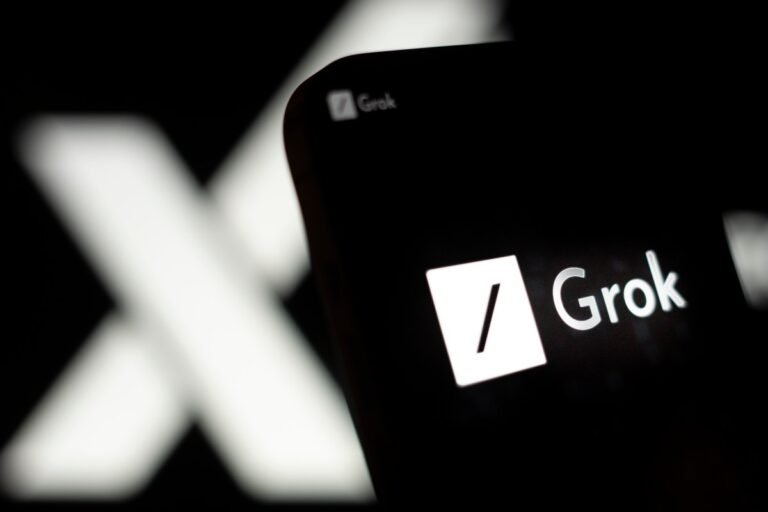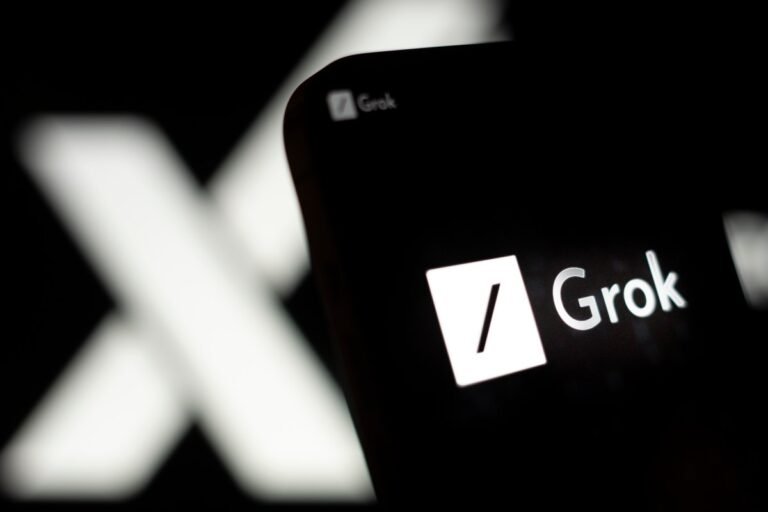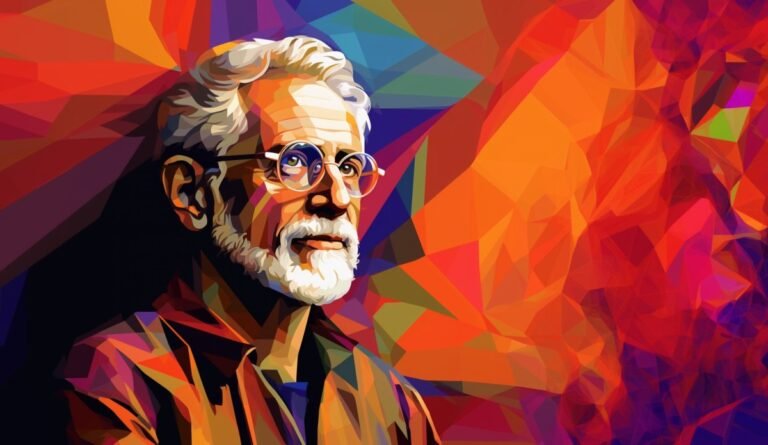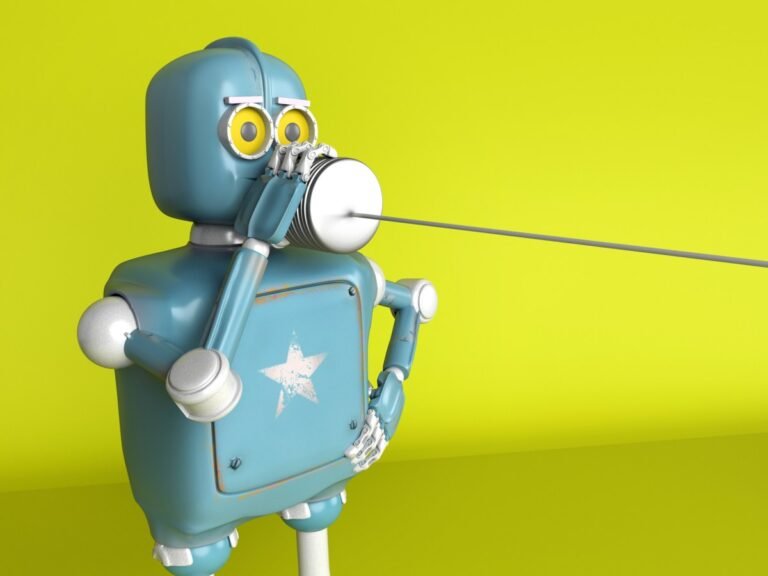
Just about everyone is trying to get a piece of the generative AI action these days.
While lacking the brand name recognition of some of these other players, it boasts the largest open source model API with over 12,000 users, per the company.
That kind of open source traction tends to attract investor attention, and the company has raised $25 million so far.
“It can be either off the shelf, open source models or the models we tune or the models our customer can tune by themselves.
Being an API, developers can plug it into their application, bring their model of choice trained on their data, and add generative AI capabilities like asking questions very quickly.

Elon Musk’s xAI released its Grok large language model as “open source” over the weekend.
But does releasing the code for something like Grok actually contribute to the AI development community?
This isn’t the first time the terms “open” and “open source” have been questioned or abused in the AI world.
So where does xAI’s Grok release fall on this spectrum?
Is his nascent AI company really dedicated to open source development?

Elon Musk’s xAI has open-sourced the base code of Grok AI model, but without any training code.
In a blog post, xAI said that the model wasn’t tuned for any particular application such as using it for conversations.
Last week, Musk noted on X that xAI intended to open-source the Grok model this week.
Some AI-powered tool makers are already talking about using Grok in their solutions.
Yep, thanks to @elonmusk and xAI team for open-sourcing the base model for Grok.

Generative AI models like Midjourney’s are trained on an enormous number of examples — e.g.
Some vendors have taken a proactive approach, inking licensing agreements with content creators and establishing “opt-out” schemes for training data sets.
The problem with benchmarks: Many, many AI vendors claim their models have the competition met or beat by some objective metric.
Anthropic launches new models: AI startup Anthropic has launched a new family of models, Claude 3, that it claims rivals OpenAI’s GPT-4.
AI models have been helpful in our understanding and prediction of molecular dynamics, conformation, and other aspects of the nanoscopic world that may otherwise take expensive, complex methods to test.

India is walking back on a recent AI advisory after receiving criticism from many local and global entrepreneurs and investors.
The Ministry of Electronics and IT shared an updated AI advisory with industry stakeholders on Friday that no longer asked them to take the government approval before launching or deploying an AI model to users in the South Asian market.
Under the revised guidelines, firms are instead advised to label under-tested and unreliable AI models to inform users of their potential fallibility or unreliability.
The revision follows India’s IT ministry receiving severe criticism earlier this month from many high-profile individuals.
Less than a year ago, the ministry had declined to regulate AI growth, identifying the sector as vital to India’s strategic interests.

AI models that play games go back decades, but they generally specialize in one game and always play to win.
From this data — and the annotations provided by data labelers — the model learns to associate certain visual representations of actions, objects, and interactions.
AI agents trained on multiple games performed better on games they hadn’t been exposed to.
But of course many games involve specific and unique mechanics or terms that will stymie the best-prepared AI.
And simple improvised actions or interactions are also being simulated and tracked by AI in some really interesting research into agents.

Aura combines highly realistic voice models with a low-latency API to allow developers to build real-time, conversational AI agents.
Backed by large language models (LLMs), these agents can then stand in for customer service agents in call centers and other customer-facing situations.
Deepgram’s Aura combines human-like voice models that render extremely fast (typically in well under half a second) and, as Stephenson noted repeatedly, does so at a low price.
“Everybody now is like: ‘hey, we need real-time voice AI bots that can perceive what is being said and that can understand and generate a response — and then they can speak back,'” he said.
The Aura model, just like all of the company’s other models, were trained in-house.

“So much of the AI conversation has been dominated by … large language models,” Jones said, “but the reality is that no one model can do everything.
Pienso believes that any domain expert, not just an AI engineer, should be able to do just that.”Pienso guides users through the process of annotating or labeling training data for pre-tuned open source or custom AI models.
“Pienso’s flexible, no-code interface allows teams to train models directly using their own company’s data,” Jones said.
“This alleviates the privacy concerns of using … models, and also is more accurate, capturing the nuances of each individual company.”Companies pay Pienso a yearly license based on the number of AI models they deploy.
It’s fostering a future where we’re building smarter AI models for a specific application, by the people who are most familiar with the problems they are trying to solve.”

Zora co-founder Jacob Horne and Goens see crypto and AI as two complementary technologies that can benefit from one another.
“Crypto wants information to be on-chain so that it can be valued and add value to the system,” Goens said.
“And then AI wants information to be on-chain so that it can be freely accessed and utilized by the system.
“We need systems that can help bring all of these things on-chain and that’s what we’re trying to do at Zora,” Goens said.
This means these AI creators have the ability to capture value from their models’ outputs when people mint them and the payouts are split in half automatically.

Here’s why most AI benchmarks tell us so littleOn Tuesday, startup Anthropic released a family of generative AI models that it claims achieve best-in-class performance.
The reason — or rather, the problem — lies with the benchmarks AI companies use to quantify a model’s strengths — and weaknesses.
“Many benchmarks used for evaluation are three-plus years old, from when AI systems were mostly just used for research and didn’t have many real users.
In addition, people use generative AI in many ways — they’re very creative.”It’s not that the most-used benchmarks are totally useless.
However, as generative AI models are increasingly positioned as mass market, “do-it-all” systems, old benchmarks are becoming less applicable.













